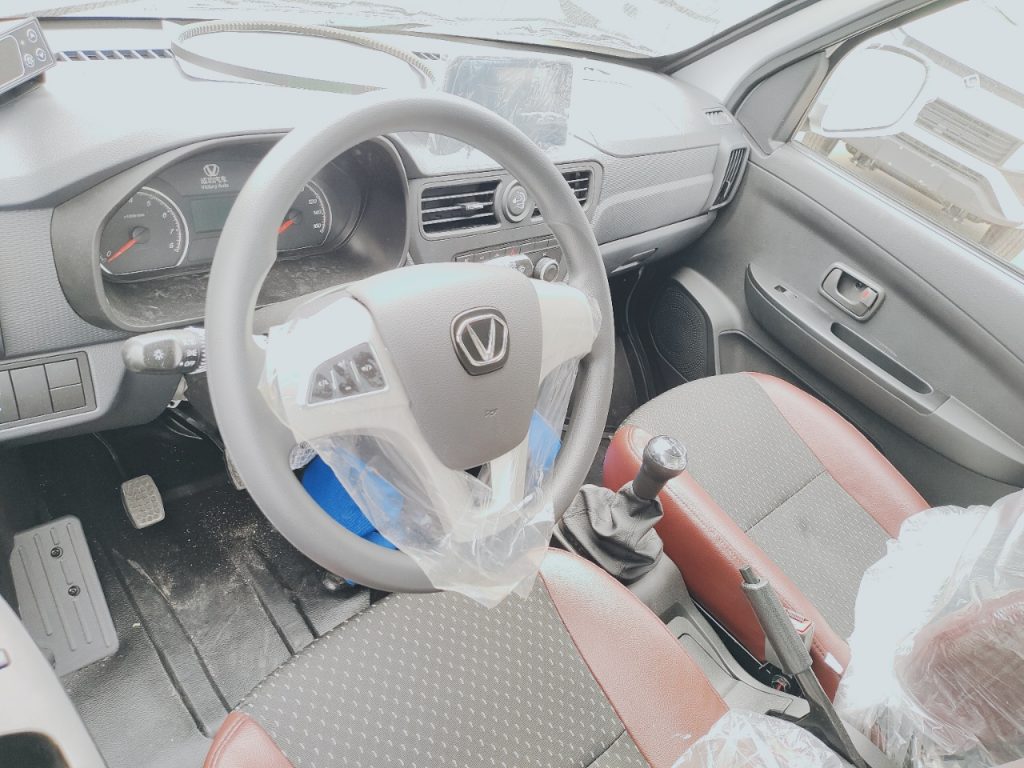Introduction
Truck mounted cranes are versatile machines that play a crucial role in various industries such as construction, mining, forestry, and transportation. These cranes are essential for lifting and moving heavy materials and equipment in a safe and efficient manner. Dual controls on a truck mounted crane provide operators with the ability to control the crane from multiple locations, enhancing both efficiency and safety on the job site. In this article, we will explore the benefits of truck mounted cranes with dual controls and how they can help maximize productivity while ensuring the safety of operators and those around them.
Overview of Truck Mounted Cranes
Truck mounted cranes are mobile cranes that are mounted on a truck chassis, allowing them to be easily transported to different job sites. These cranes are equipped with hydraulic systems that enable them to lift heavy loads and move them with precision. Truck mounted cranes come in different sizes and configurations, ranging from small models that can lift a few tons to larger models that can lift up to several hundred tons.
One of the key features that sets truck mounted cranes apart from other types of cranes is their mobility. These cranes can travel on public roads to reach job sites, eliminating the need for additional transportation equipment. This makes them a cost-effective and convenient solution for many industries that require frequent movement of heavy materials.
Dual Controls on Truck Mounted Cranes
Dual controls on a truck mounted crane refer to the presence of two sets of control systems that allow operators to control the crane from different locations. Typically, one set of controls is located in the cab of the truck, while the other set is located on the crane itself. This setup provides operators with flexibility and convenience when operating the crane, as they can choose the most suitable location for controlling the crane based on the specific task at hand.
The dual control system on a truck mounted crane consists of joysticks, levers, and buttons that enable operators to perform various functions such as lifting, lowering, swinging, and extending the crane boom. By having controls in both the cab and on the crane, operators can have a better view of the lifting operation from different angles, allowing for more precise and efficient maneuvering of the crane.
Benefits of Dual Controls
1. Enhanced Safety: One of the primary benefits of dual controls on a truck mounted crane is enhanced safety for both operators and bystanders. By having controls in the cab, operators can remain in a safe and comfortable position while operating the crane, reducing the risk of accidents or injuries. In situations where visibility may be limited, operators can use the controls on the crane itself to ensure a clear line of sight for safe operation.
2. Improved Productivity: Dual controls enable operators to work more efficiently by giving them greater flexibility in controlling the crane. Operators can choose the control location that provides the best view of the lifting operation, allowing for quicker and more accurate movements of the crane. https://www.worktruckmaker.com/chengli-dongfeng-d6-multi-functional-railway-dust-suppression-truck/ results in faster completion of tasks and increased productivity on the job site.
3. Precise Maneuverability: The dual control system on a truck mounted crane allows for precise maneuverability of the crane boom, enabling operators to position loads with accuracy. By having controls in both the cab and on the crane, operators can make fine adjustments to the crane's movements, ensuring that loads are lifted and placed in the desired location with precision.
4. Versatility: Dual controls make truck mounted cranes more versatile and adaptable to different job site conditions. Operators can easily switch between control locations based on the specific requirements of the lifting operation, allowing for seamless transitions between different tasks. This versatility makes truck mounted cranes with dual controls ideal for a wide range of applications in various industries.
Case Studies
To further illustrate the benefits of truck mounted cranes with dual controls, let's look at a few case studies where these cranes have been successfully utilized to improve efficiency and safety on job sites.
Case Study 1: Construction Site
A construction company was tasked with lifting and placing heavy steel beams at a building site. By using a truck mounted crane with dual controls, the operators were able to position the crane in a strategic location that provided a clear line of sight to the lifting area. The controls in the cab allowed the operators to operate the crane from a safe distance, while the controls on the crane itself enabled them to make precise adjustments to the boom positioning. This setup facilitated the smooth and efficient lifting of the steel beams, resulting in a faster completion of the task.
Case Study 2: Forestry Operation
In a forestry operation, a truck mounted crane was used to load logs onto trucks for transportation. The dual control system on the crane allowed operators to switch between control locations to optimize visibility and maneuverability during the loading process. By using the controls on the crane, operators could adjust the boom height and angle to pick up logs of varying sizes and weights with precision. This improved control over the lifting operation reduced the risk of accidents and damage to the logs, resulting in a more efficient and safe loading process.
Conclusion

Truck mounted cranes with dual controls offer a wide range of benefits that contribute to increased efficiency and safety on job sites. The ability to control the crane from multiple locations provides operators with greater flexibility, visibility, and control over the lifting operation, leading to improved productivity and reduced risks of accidents. By investing in truck mounted cranes with dual controls, industries can enhance their operations and ensure the safety of their workers while achieving optimal performance in lifting and moving heavy materials.
